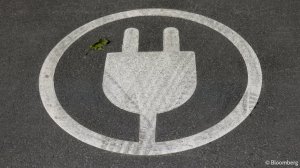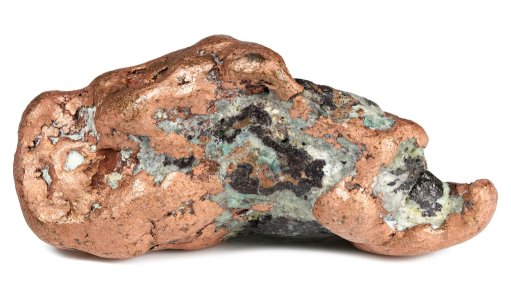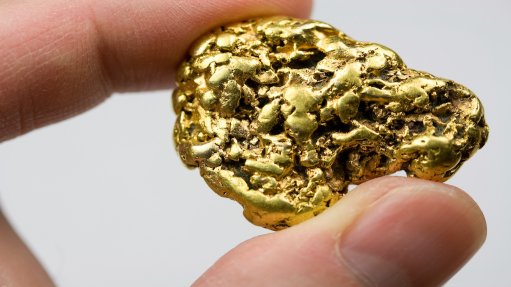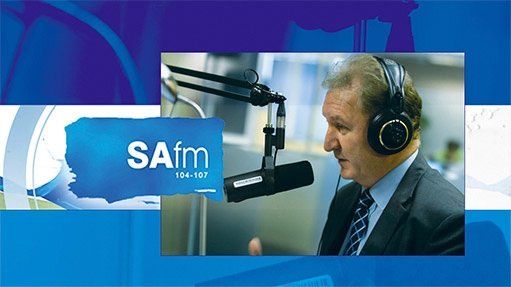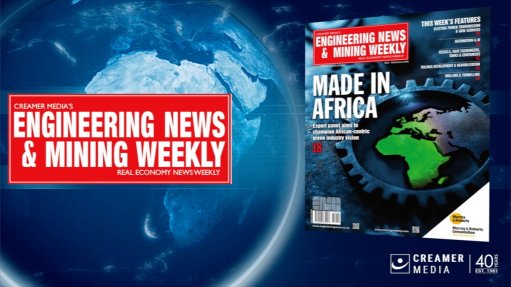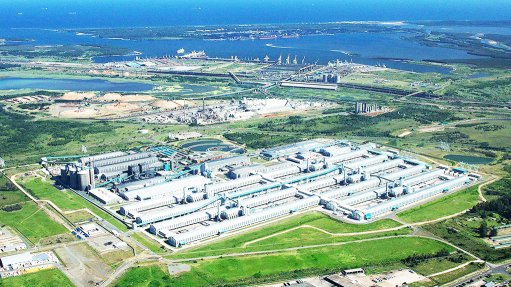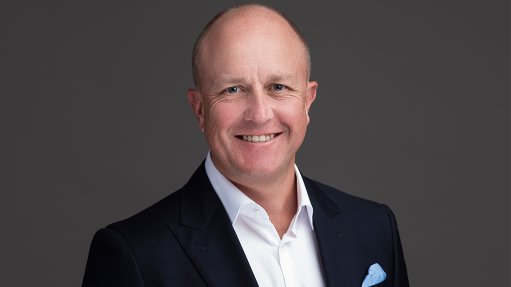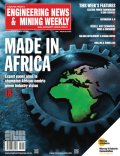Europe’s EV battery plans fade on China price war, US subsidies
In 2019, France and Germany agreed to pump billions of euros into a plan to boost Europe’s battery industry and catch up with China and the US. Five years later, that effort is running out of steam.
As electric-vehicle sales slow, companies including Volkswagen, Stellantis and Mercedes-Benz are scaling back or refocusing battery projects. Chinese manufacturers are slashing costs and the US is drawing away investment with lucrative subsidies.
China already has excess battery-making capacity, can make cells at a fraction of the cost it takes in Europe, and has a head start on the next generation of cell technology. All of this means the continent risks falling further behind in the race to build and power the EVs of the future.
“As a European company we need to change our mindset — we are changing from teachers to become students because we have to catch up on a significant backlog of experience,” Sebastian Wolf, COO of Volkswagen’s PowerCo battery unit, said on the sidelines of a conference in Stuttgart, Germany. “We have to all focus on becoming faster and becoming more cost efficient.”
Companies may cut back more on planned factories as European Union subsidies are hard to access due to bureaucracy and carmakers protect thin EV profit margins. VW may push out reaching full capacity for its €20-billion battery behemoth. Automotive Cells Company, led by Stellantis and Mercedes, has put on hold two of its three sites to weigh making lower-cost cells in light of slowing demand for still-expensive EVs.
The backslide isn’t exclusive to European players with China’s Svolt Energy Technology Co. canceling a project in Germany because of uncertainties on subsidies and after a cornerstone customer fell away.
EV demand below expectations is raising the bar for new entrants who also face competition from leading Asian suppliers at home. China’s Contemporary Amperex Technology, the world’s biggest cell maker has a site in Germany and is adding another in Hungary, while South Korea’s LG Chem has been making batteries in Poland for about six years.
RESILIENCE PLAY
Still, European suppliers have a role to play for resilience, even as they struggle, ACC’s Chief Executive Officer Yann Vincent said. “It’s not to say that we are immediately competitive, there’s clearly an issue.”
The stakes are high: if the region fails to establish its own EV battery value-chain as cells replace the combustion engine, large parts of the automotive industry — which makes up about 7% of Europe’s economy — will follow solar panels, consumer electronics and chips in shifting to Asia.
But Europe looks increasingly unable to keep up. China, which has been developing battery technology for decades, already controls more than 80% of the market, leading on cost by a wide margin. More recently, China managed to vastly improve the quality of a much cheaper battery cell that uses no cobalt or nickel, triggering ACC’s review to weigh building so-called lithium-iron-phosphate cells.
Northvolt, the continent’s biggest and most promising homegrown battery maker, is being buffeted by making “premium” cells amid a flood of cheaper Chinese batteries.
Meanwhile, aggressive and immediately accessible subsidies and tax breaks in the US and Canada are luring companies like Norway’s Freyr Battery to move overseas.
The European Commission and the UK have approved less than €7-billion in state aid for battery manufacturing since the start of 2022 — a fraction of the estimated $140-billion needed to reach the target of 1.4 TWh of battery-manufacturing capacity by 2030. The US will dole out an estimated $160-billion in tax credit spending before 2029 for solar and battery cells, according to BloombergNEF. Canada committed $25-billion in battery incentives last year, attracting investments from companies including Volkswagen and Stellantis.
“Europe really needs to wake up and provide a decent response,” Tom Einar Jensen, co-founder of Freyr Battery, said at the BloombergNEF event. “If Europe wants to move from reliance on Russian gas to reliance on only Chinese imported batteries, that probably is a discussion that needs to be more thought about in the current structure.”
The comment echoes Europe’s energy crisis that hit Germany particularly hard after the invasion of Ukraine largely cut of gas supplies from Russia.
DEEP GRIP
Developing self-sufficiency will be difficult. China not only makes the most batteries but also has a deep grip on the industry’s supply chain, especially the refining of key minerals like lithium, nickel, cobalt and graphite, as well as the production of anode and cathode cell components.
So far, the bulk of Europe’s investments have been directed more toward cell manufacturing than the mining and refining industries higher up the value chain, said Ilka von Dalwigk, senior technology and policy expert at EIT InnoEnergy, a venture capital firm co-funded by the EU.
“Europe is a little bit in the dilemma in that we need to develop a completely new industrial value chain and we need to develop all parts simultaneously,” von Dalwigk said. “We need to do it quite fast if you want to secure some market shares compared to US and the Asian players.”
Without substantial support, new entrants face a bleak outlook. According to BloombergNEF, the world already has more than twice as much lithium-ion battery capacity as needed. Manufacturing capacity in China, which has doled out incentives likely totaling in the tens of billions of dollars, was already three times domestic demand last year and will rise to more than six times in 2025, if all factories planned in the country come online.
Herbert Diess, chairman of chipmaker Infineon Technologies and former CEO of Volkswagen, said at the BloombergNEF event that Europe is better off focusing on complex solutions to help cars access renewable energy.
“We should do what we can do best, and we should have China making what they can do cheapest and in good quality,” Diess said.
Comments
Press Office
Announcements
What's On
Subscribe to improve your user experience...
Option 1 (equivalent of R125 a month):
Receive a weekly copy of Creamer Media's Engineering News & Mining Weekly magazine
(print copy for those in South Africa and e-magazine for those outside of South Africa)
Receive daily email newsletters
Access to full search results
Access archive of magazine back copies
Access to Projects in Progress
Access to ONE Research Report of your choice in PDF format
Option 2 (equivalent of R375 a month):
All benefits from Option 1
PLUS
Access to Creamer Media's Research Channel Africa for ALL Research Reports, in PDF format, on various industrial and mining sectors
including Electricity; Water; Energy Transition; Hydrogen; Roads, Rail and Ports; Coal; Gold; Platinum; Battery Metals; etc.
Already a subscriber?
Forgotten your password?
Receive weekly copy of Creamer Media's Engineering News & Mining Weekly magazine (print copy for those in South Africa and e-magazine for those outside of South Africa)
➕
Recieve daily email newsletters
➕
Access to full search results
➕
Access archive of magazine back copies
➕
Access to Projects in Progress
➕
Access to ONE Research Report of your choice in PDF format
RESEARCH CHANNEL AFRICA
R4500 (equivalent of R375 a month)
SUBSCRIBEAll benefits from Option 1
➕
Access to Creamer Media's Research Channel Africa for ALL Research Reports on various industrial and mining sectors, in PDF format, including on:
Electricity
➕
Water
➕
Energy Transition
➕
Hydrogen
➕
Roads, Rail and Ports
➕
Coal
➕
Gold
➕
Platinum
➕
Battery Metals
➕
etc.
Receive all benefits from Option 1 or Option 2 delivered to numerous people at your company
➕
Multiple User names and Passwords for simultaneous log-ins
➕
Intranet integration access to all in your organisation




